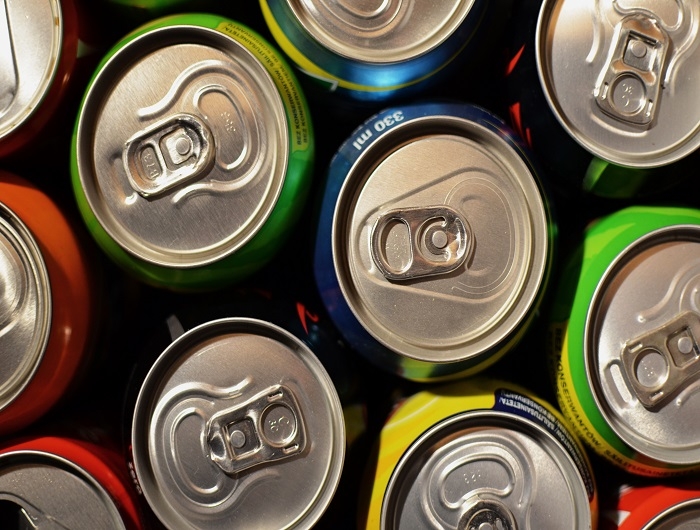Soda sales continue to slide. But don’t thank the beverage industry

Statement of CSPI president Peter G. Lurie
In 2014, under fire for soda’s contribution to obesity and diet-related disease, the soda industry made a public commitment to reduce per person calorie consumption from “liquid refreshment beverages” by 20 percent (or 41 calorires per capita per day) by 2025.
The beverage industry’s report on its progress, issued by its third-party evaluator this week, has some interesting details, but is best understood as a self-congratulatory exercise designed to forestall more meaningful public policy changes.
Soda sales have been declining since their peak in the late 1990s, well before the industry set its target. The main driver for that is not the self-restraint of the soda industry, but rather the growing public realization that soda and other sugary drinks promote weight gain, diabetes, heart disease, tooth decay, and other chronic health problems.
The unambitious targets chosen by the industry only indicate that beverage companies wanted to take credit for already falling metrics: had the downward trend in sales up to 2014 (the baseline year) merely continued, they would have handily beaten their self-imposed benchmark.
As modest as the industry’s targets are, it’s not even on track to meet them. Progress in beverage calorie reduction seems to have stalled in some recent years. In fact, our analysis shows that if the rate of change from 2014 to 2019 were to remain the same, the industry would still fall short of its target by about 18 calories per capita per day, accomplishing only 55 percent of its established goal.
If the soda industry were serious about reducing American’s beverage calories, it could drop its longstanding opposition to soda taxes, health messages on products and advertisements, and other common-sense policies to reduce health disparities and improve public health.
Topics
Contact Info: Contact Jeff Cronin (jcronin[at]cspinet.org) or Richard Adcock (radcock[at]cspinet.org).

